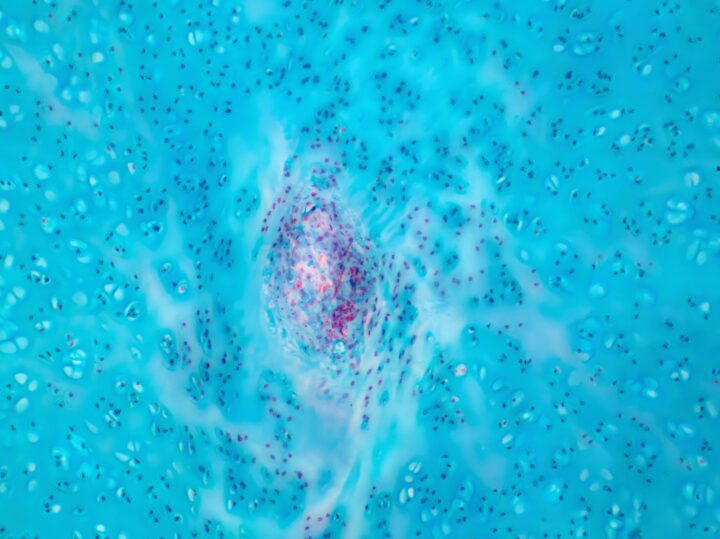Project Dreamcatcher from AutoDesk Research is a generative design system that uses nature-based algorithms to create optimized design solutions in real time.
Benefits
- Efficient
- Reduced material use
Applications
- Product design
- 3D Printing
- Engineering
UN Sustainable Development Goals Addressed
-

Goal 9: Industry Innovation & Infrastructure
-

Goal 12: Responsible Production & Consumption
The Challenge
Traditional design methods often use additional materials to increase the strength of structures. These materials can oftentimes end up being unnecessary in the final design. Designers can also be restrained by the shape of traditional building materials such as bricks. However, new AI technologies are creating the opportunity to explore different design options for traditional materials and designs.
Innovation Details
The Dreamcatcher system allows users to generate thousands of generative design solutions that meet a variety of constraints. Designers can input specific design objectives, including functional requirements, material type, manufacturing method, performance criteria, and cost restrictions. The AI then uses different algorithms to search a large number of generated designs to satisfy the design requirements. The first algorithm is based on the adaptive, redundant networks created by slime mold, and the second algorithm is based on the microscale lattice structure of mammalian bone growth. The resulting design alternatives, along with the performance data of each solution, are then presented in the context of the entire design solution space. Designers are able to evaluate the generated solutions in real time, returning at any point to the problem definition to adjust goals and constraints to generate new results that fit the refined definition of success. Once the appropriate design is selected, the designer is able to output the design to fabrication tools or export the resulting geometry for use in other software tools.

Biological Model
The slime mold is an extremely effective forager, capable of creating extensive and highly efficient networks between food sources. It maximizes its ability to find food by “remembering” and strengthening the portions of its cytoplasm that connect to active food sources. By rhythmically contracting and expanding its body, the slime mold is able to move and grow its body in search of food. By trimming back connections and maintaining only active pathways, it uses the least amount of resources and energy possible while still creating a resilient and fault-tolerant system.
Bone is incredibly strong, due in part to its composition of collagen and calcium phosphate. The calcium phosphate adds strength by forming tiny crystals within the bone and linking with the collagen fibers to form a lattice structure. The end product is a material that is considerably stiffer than collagen but lower in weight and not as brittle as calcium phosphate.







